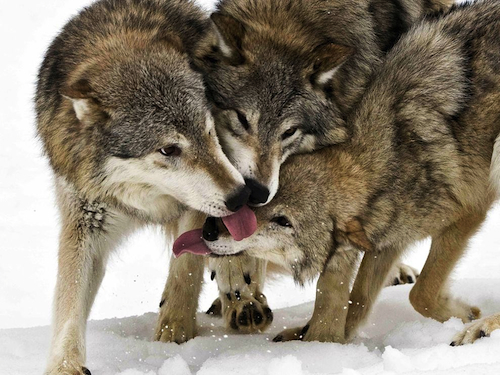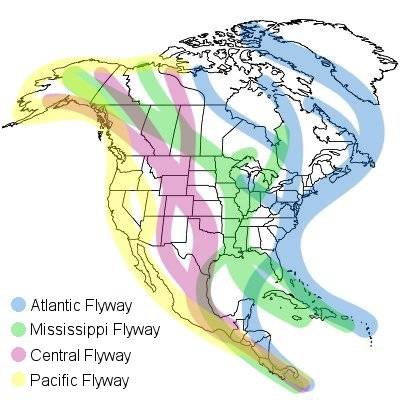 Timber Wolves photo by Jacqueline Crivello
Timber Wolves photo by Jacqueline Crivello
I was privileged to be given the opportunity to preview the world premier National Geographic Mini-series “Wild Mississippi” airing this Sunday night, February 12th from 8 p.m. – 11 p.m. ET/PT.
National Geographic spent an entire year traveling the length of North America’s longest and greatest waterway, from a record-setting winter in the frozen north to the sun-drenched Gulf of Mexico, giving us unprecedented views of the landscape and wildlife surrounding this magnificent river.
The Mississippi Flyway, which closely follows the path of the river, offers passage to 40% of all migrating bird species.

See an amazing contest of strength and agility by one of the largest congregations of Bald Eagles in the lower 48 states, filmed with aerial photography as well as super slow motion video.
Watch a gorgeous Bobcat as it hunts down a rabbit wandering away from its burrow at the most inopportune time.
These are but a few of the photographic treasures that await you in this feast for the eyes and ears. There is an incredible showing of a Great Gray Owl seeking a vole, from the voles point of view!
In part two of the miniseries watch a Bald Eagle catch fish in slow motion and see close-ups of how tender they can be with their young via a Bald Eagle nest cam.
Beautiful Sandhill Cranes try to defend their nest against the rising waters as Spring approaches with time lapse photography.
Feel the tension as a Black Rat Snake stalks a Flying Squirrel mother and her young.
Witness underwater photography of Paddlefish and the strange Lamprey Eel that feeds on them.
Of course, you all know how enthralled I am in watching Wood Duck chicks jump from their nest high up in the trees. The sequence presented in part two of this mini-series is the best you will ever see of this phenomenon with super close-ups from inside and outside the nest cavity as these brave little ducklings jump over thirty feet to their calling mother below.
In part three the Mississippi River is joined by the Ohio River, its largest tributary, causing massive flooding. Watch as millions of Mayflies hatch, providing a feast for birds and other animals.
Listen to the calls of the Southeastern Myotis Bat, considered a “species of special concern” by the U.S. Fish and Wildlife Service, and watch in super slow motion as they scoop up moths and devour three times their own weight in insects each night.
American White Pelicans herd Asian Carp into the shallows for an easy meal as the Mississippi River winds its way in to the state of the same name.
The Alligator Snapping Turtle, listed as vulnerable (VU) by the IUCN red list, is shown catching fish and laying eggs. Then the American Alligator himself takes over.
This, after all, is a National Geographic special! The photography is exceptional. With a well mixed combination of aerial, super slow motion, time lapse and normal speed video, the story of the mighty Mississippi River is told in incredible detail, connecting us to nature. The original score written by Lenny Williams and Chris Biondo work in conjunction with the silky smooth voice of Chris Nichter who does the narration.
This miniseries is rated “G” for general audiences. I think it is an excellent program to watch with your kids to teach them about the reality of nature. I would caution about one very graphic scene, in part one of the miniseries at around the 23 minute mark, depicting a pack of Gray Wolves hunting and feeding on a deer. If you have very young children, this may be hard for them to understand but it is essential that they know that wolves are not bad creatures because of this, it is simply the way they survive.
I hope you enjoy the “Wild Mississippi” as much as I did, Sunday night from 8p.m. – 11 p.m. ET/PT. Check your local listings for the Nat Geo Wild channel!




Social Media Connect